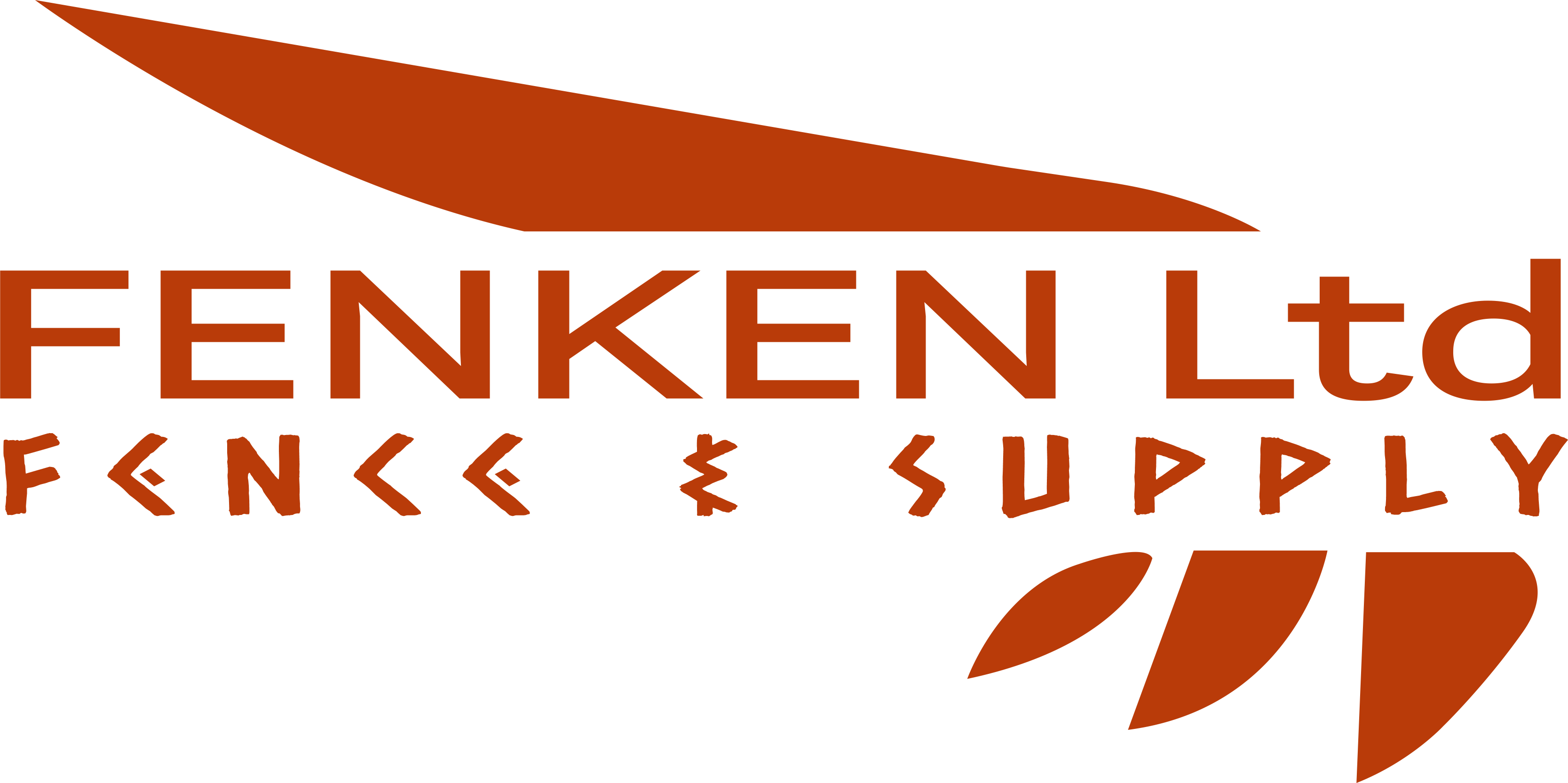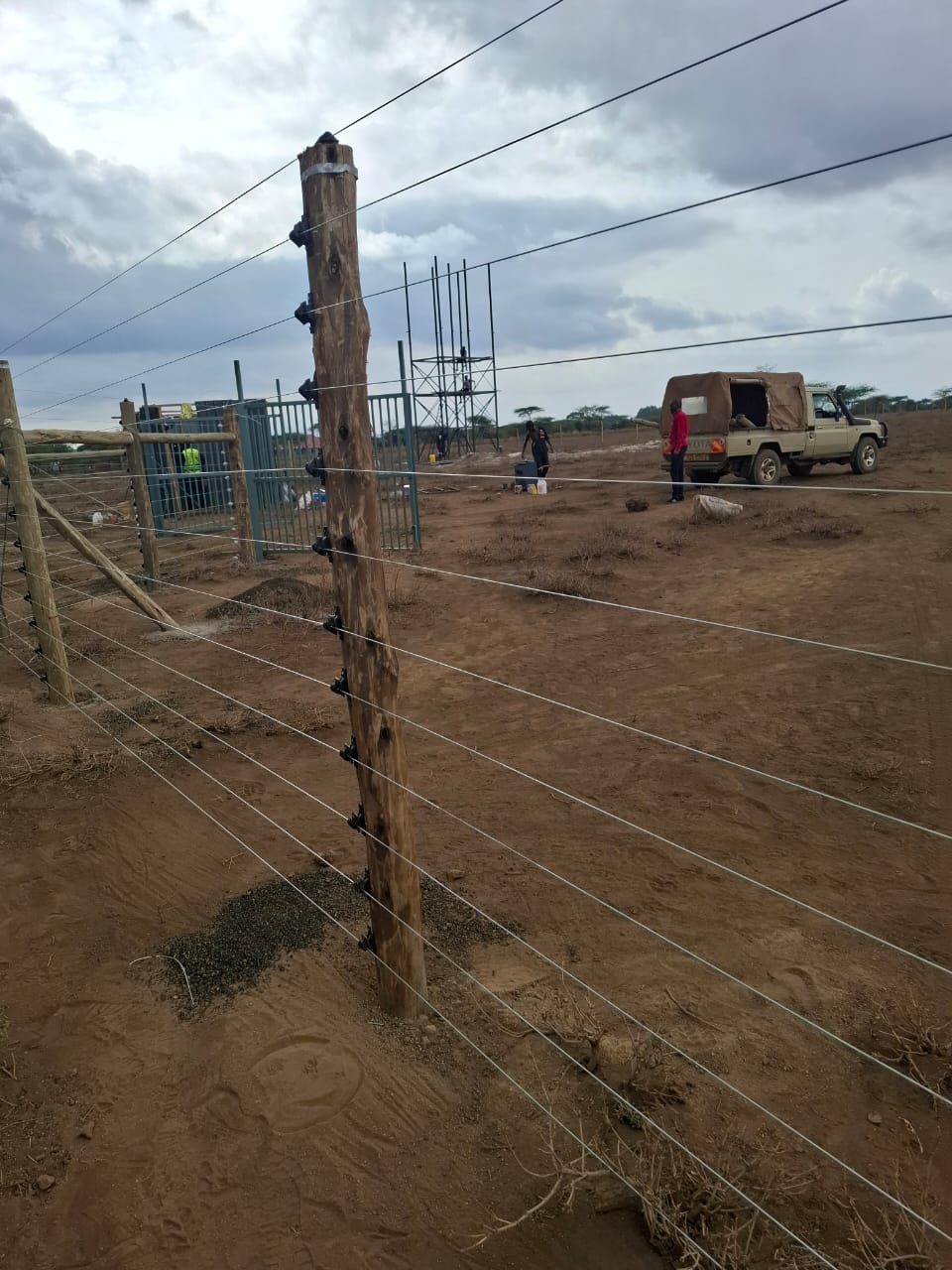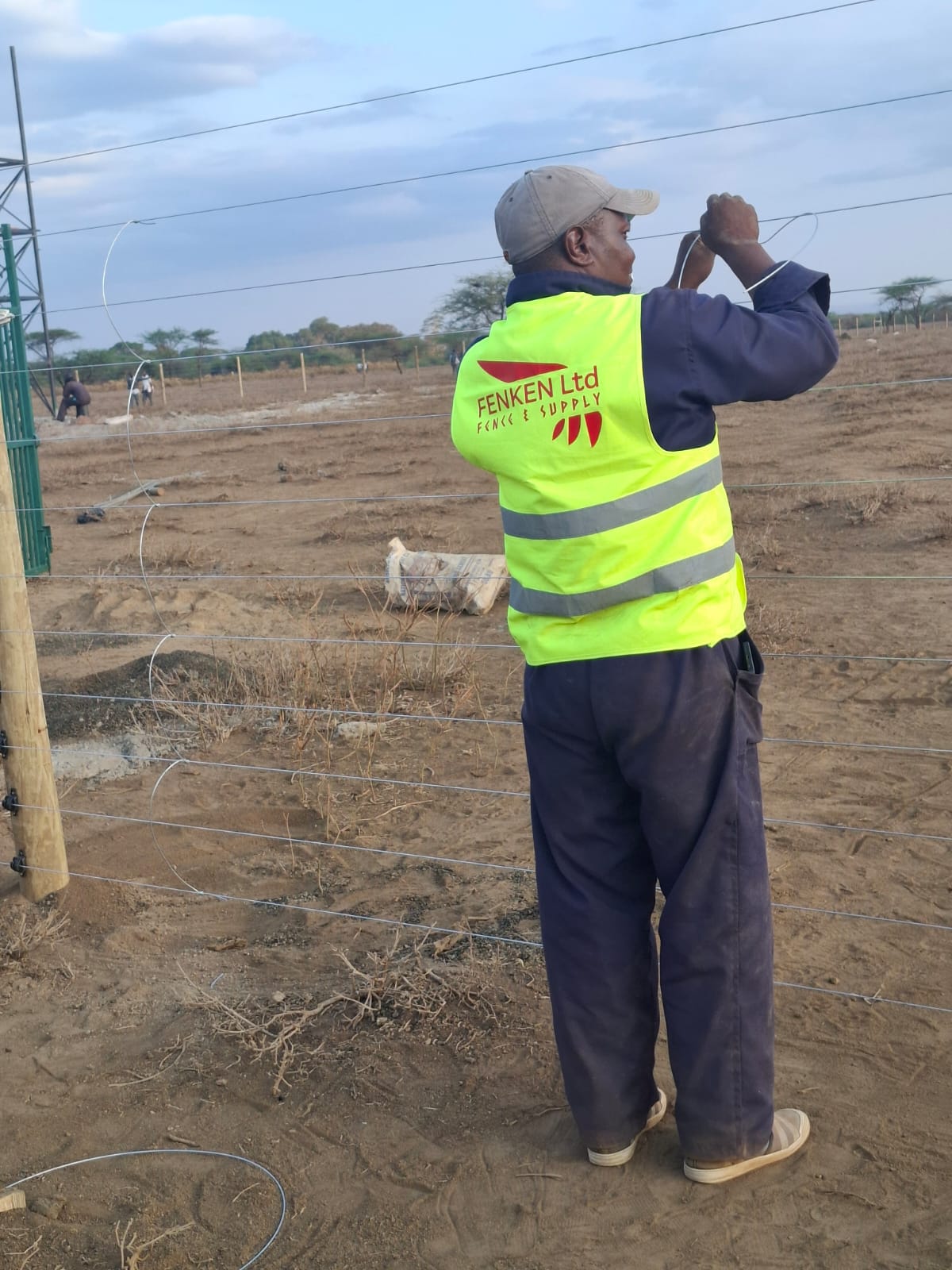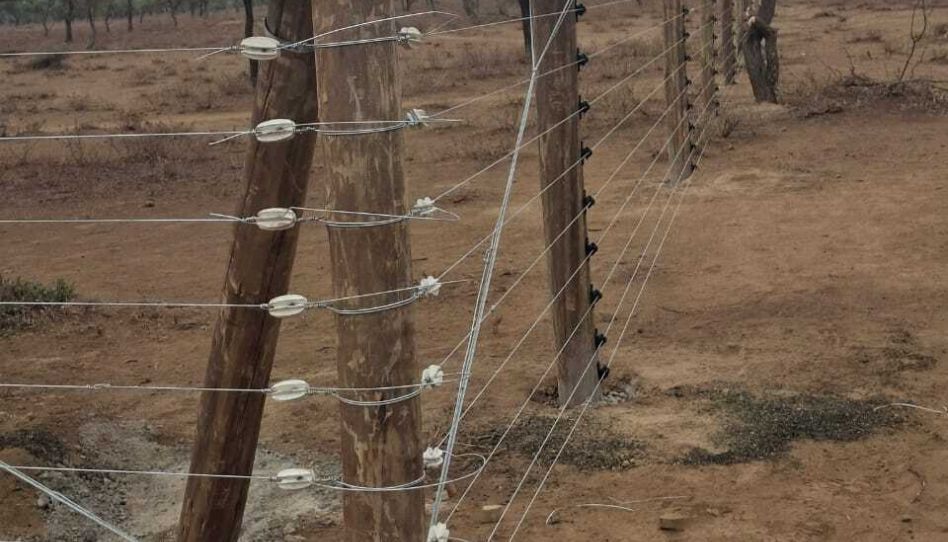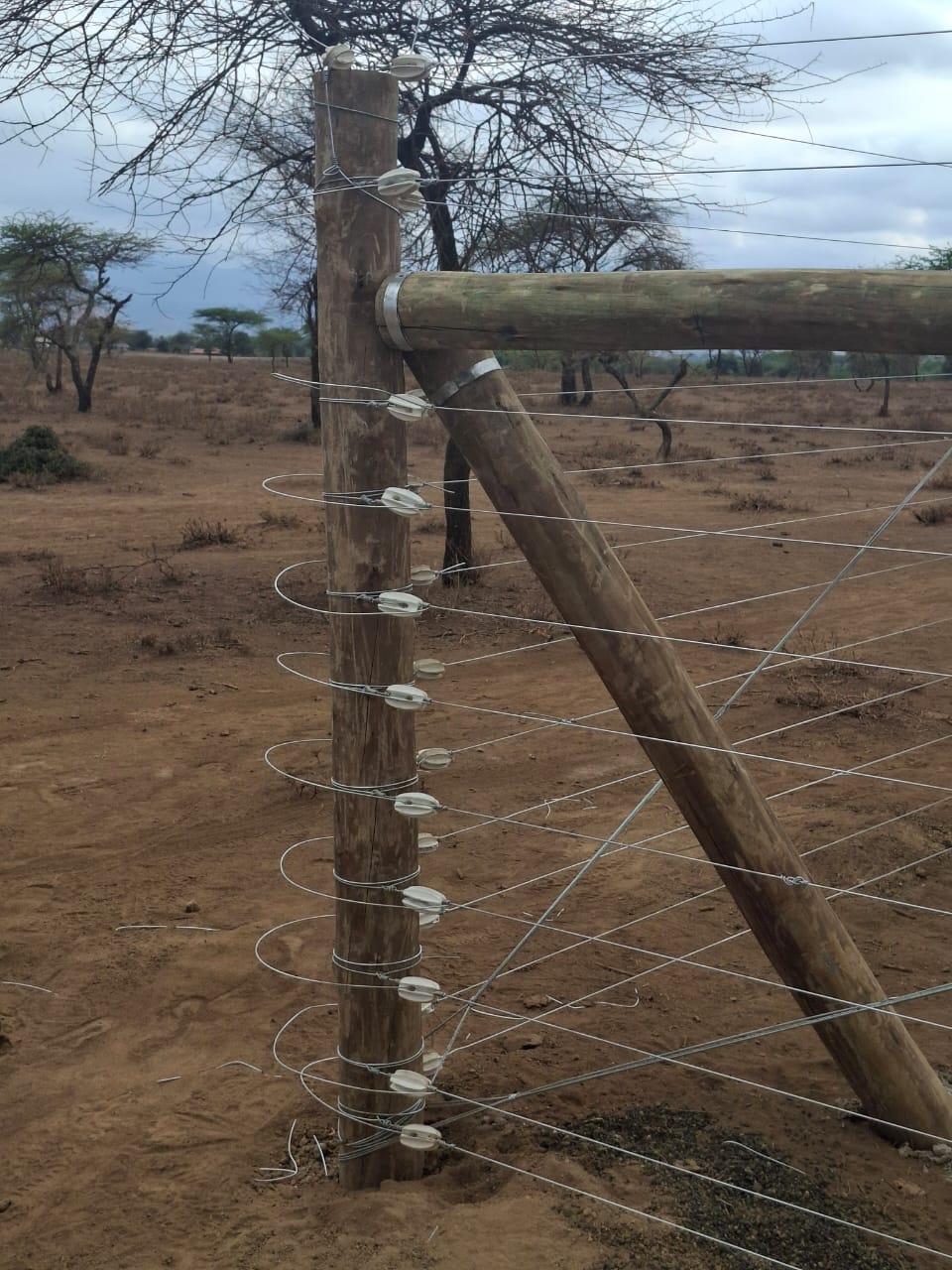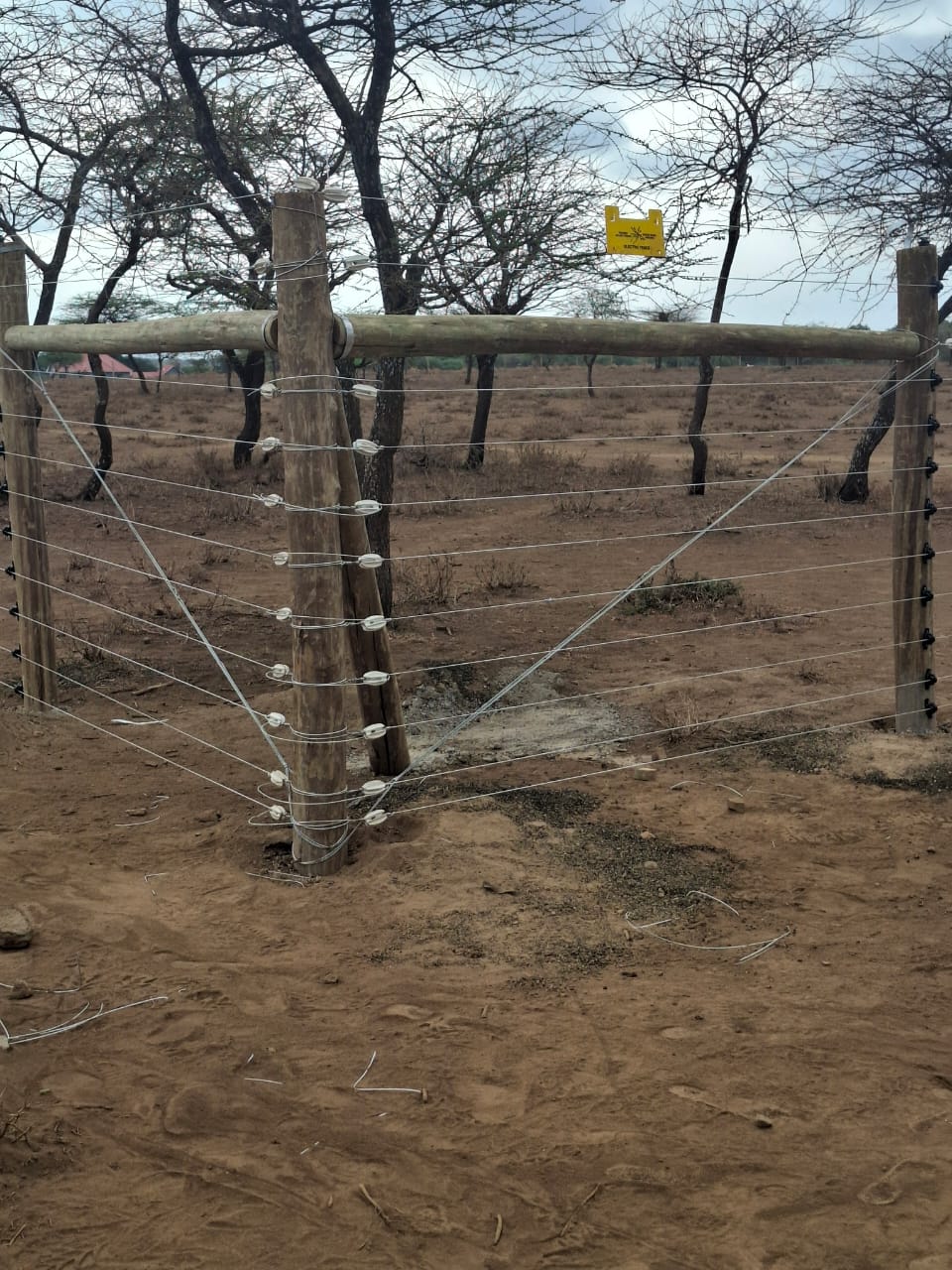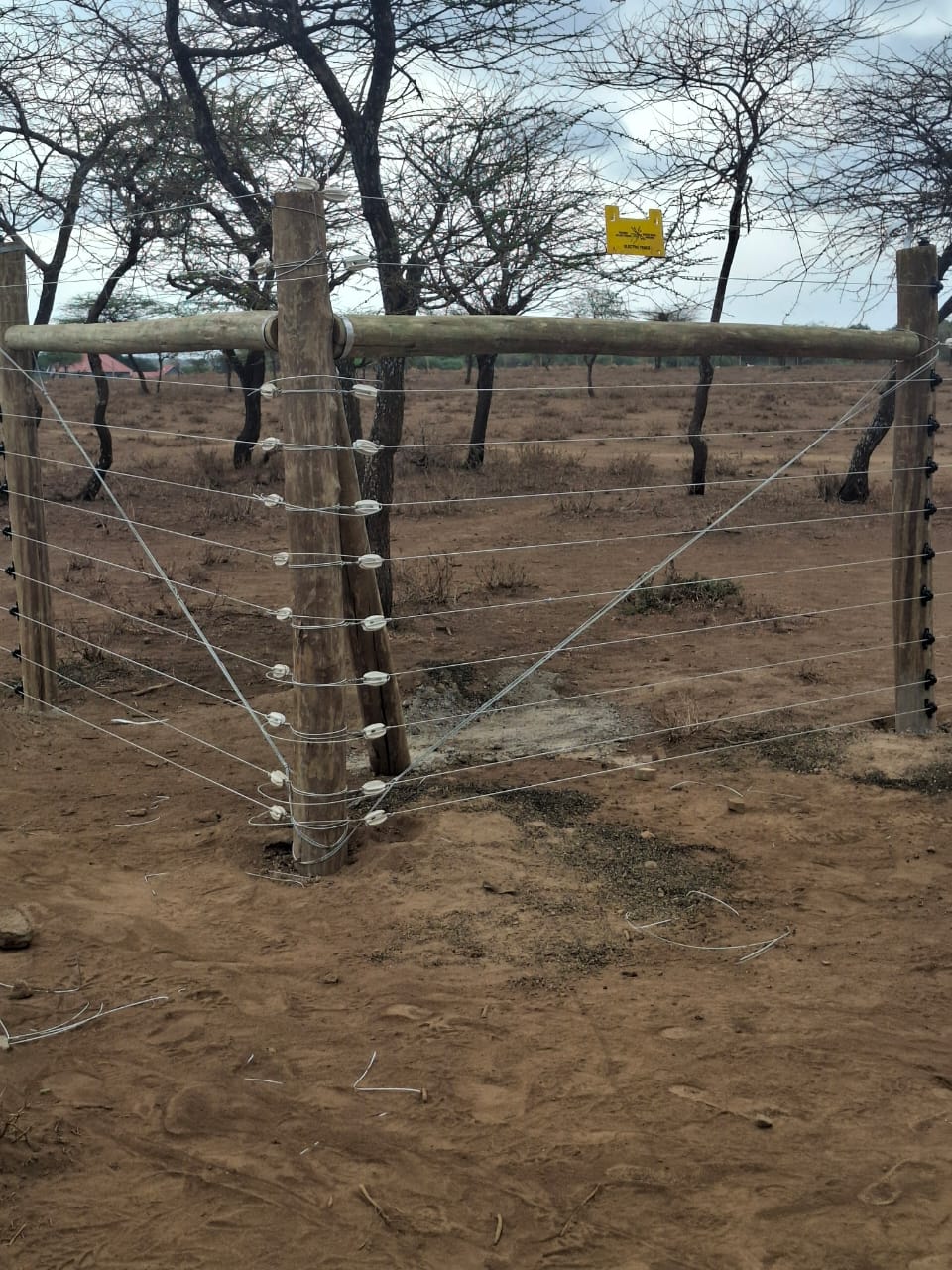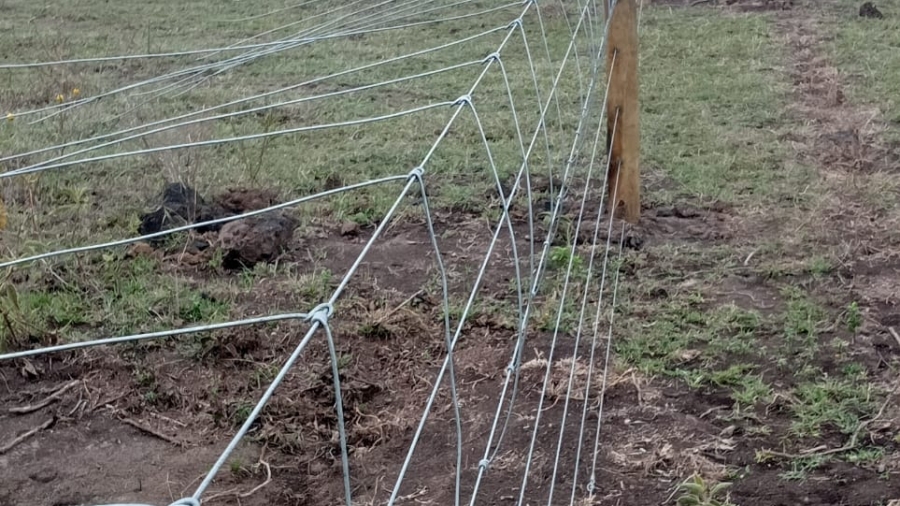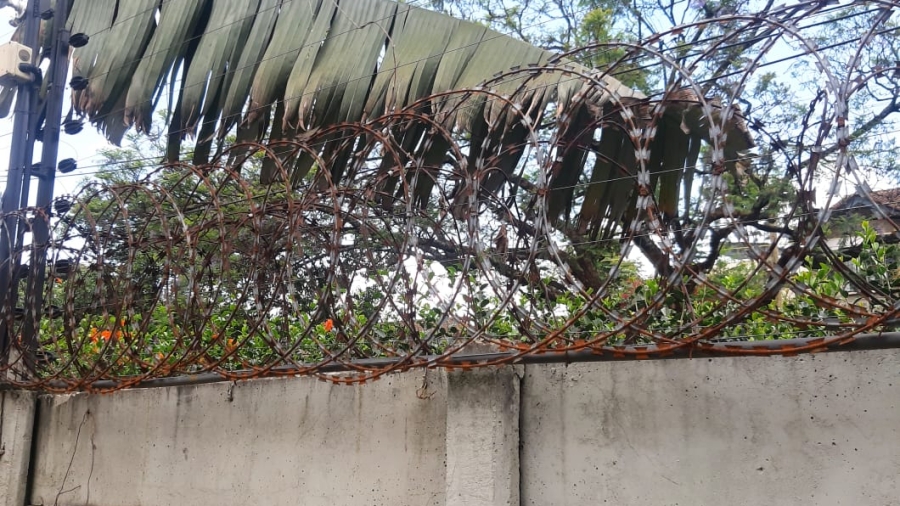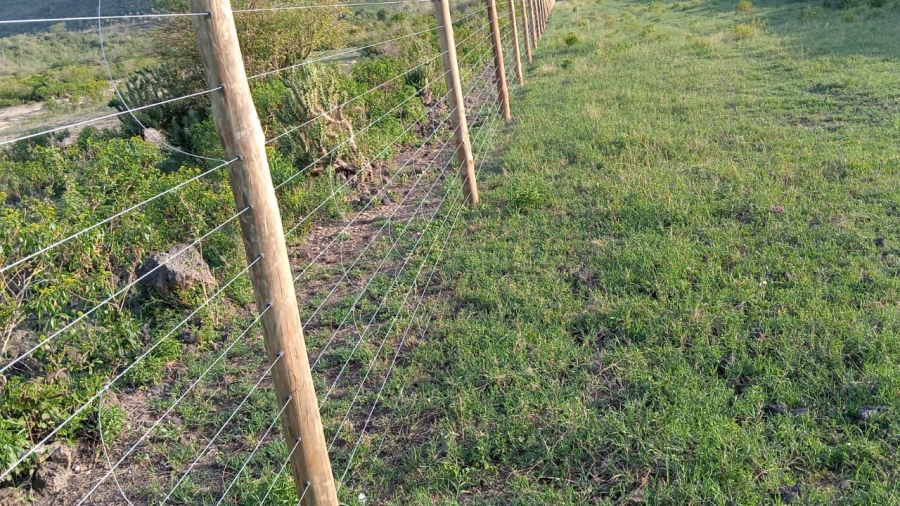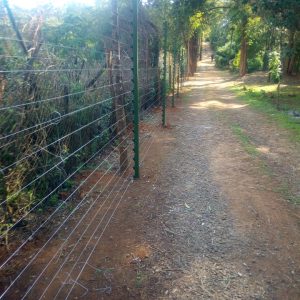At Fenken Fence & Supply, we understand that keeping wildlife out—and your property protected—requires more than just strong wires and posts. It demands intelligent design.
One of the biggest challenges faced by property owners near wildlife zones, parks, or farms bordering elephant corridors is the remarkable intelligence of elephants. These giants are not only powerful; they are clever.
Over the years, elephants have learned to recognize electric fences and the shocks they deliver. But rather than giving up, they adapt. They look for a spot where the wire doesn’t run—usually the post itself—and use their strength to push or pull the fence down. Once a section collapses, the rest follows easily.
The Smart Solution: Outriggers
This is where outriggers make all the difference.
Outriggers are sturdy extensions fixed onto each fence post, carrying an electrified wire slightly away from the main fence line. Their role is simple yet crucial: to prevent elephants from finding a “safe point” on the post to attack.
When properly installed, outriggers ensure that every part of your fence is protected—posts included. This small but powerful addition transforms an ordinary electric fence into a truly effective wildlife barrier.
Why Outriggers Matter
✅ 1. Reinforced Protection
Outriggers keep the charge consistent across the entire fence, eliminating weak spots. Even the posts themselves become part of the active deterrent.
✅ 2. Reduced Maintenance Costs
By preventing elephants and other animals from breaking down fence sections, you save on expensive repairs and replacements—year after year.
✅ 3. Increased Fence Lifespan
A fence that stands firm longer protects your investment. Outriggers add structural resilience and reduce wear caused by animal interference.
✅ 4. Proven Field Performance
Our systems have been tested in some of Kenya’s toughest environments—where elephants roam freely and persistence is the norm. With Fenken’s expertise, your fence stays standing.
Fenken Fence & Supply: Experience You Can Trust
We don’t just install fences—we engineer intelligent barrier systems built to outsmart even the smartest wildlife. Our designs combine durability, innovation, and field-tested techniques like the use of outriggers on every post.
Whether you’re securing farmland, a conservancy, or residential property near wildlife zones, Fenken’s fencing solutions provide peace of mind, safety, and reliability.
Because in fencing, as in nature, intelligence wins.
🔧 Ready to Strengthen Your Fence?
Let Fenken Fence & Supply design and install a wildlife-smart fencing system tailored to your needs.
📞 Call us today or 📩 visit our website to request a free site assessment and quote.
Together, we’ll build a fence that truly thinks ahead — and stands the test of time.
Fenken Fence & Supply — Building Fences That Think Ahead.
